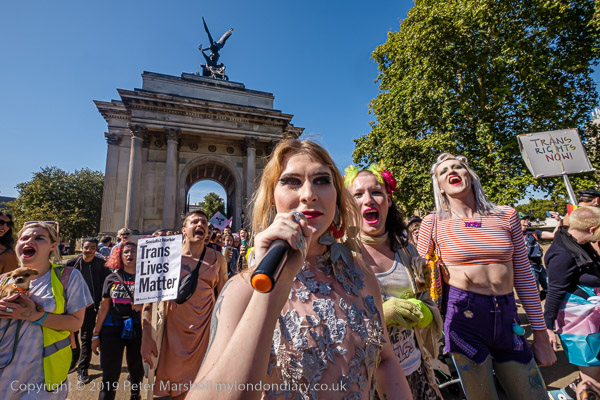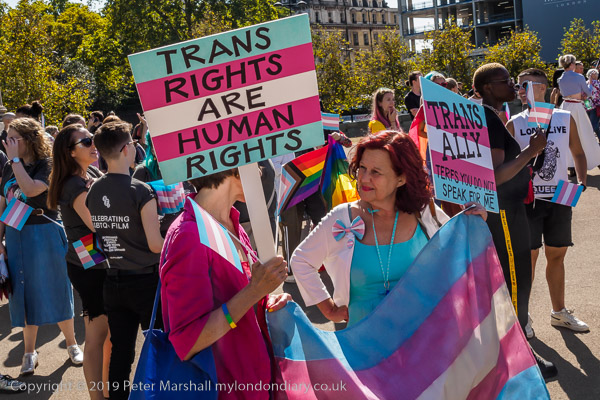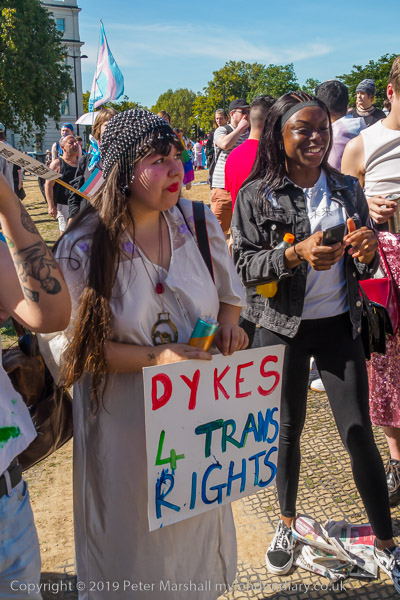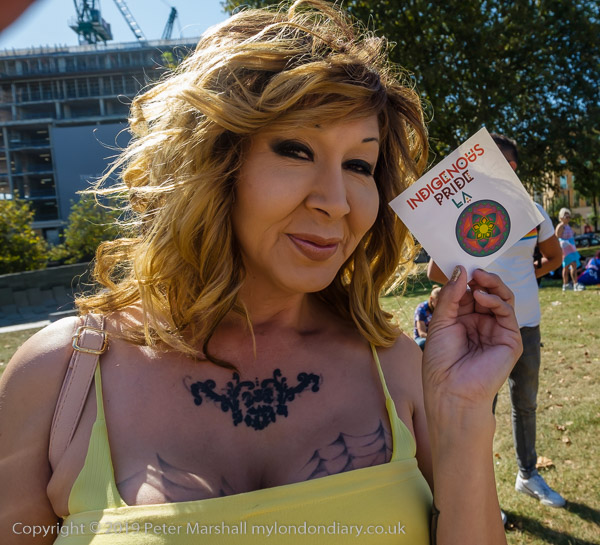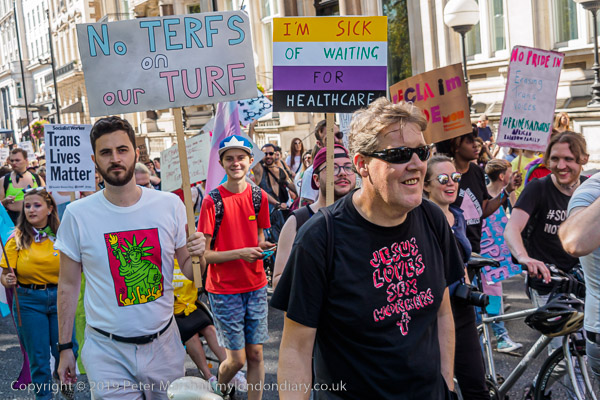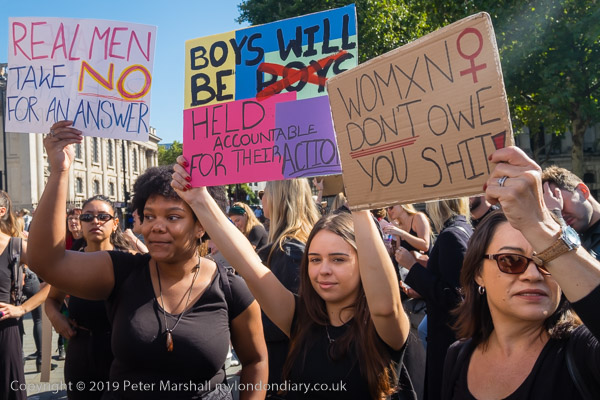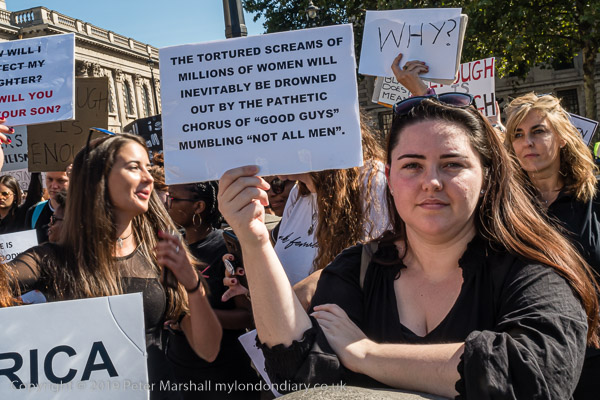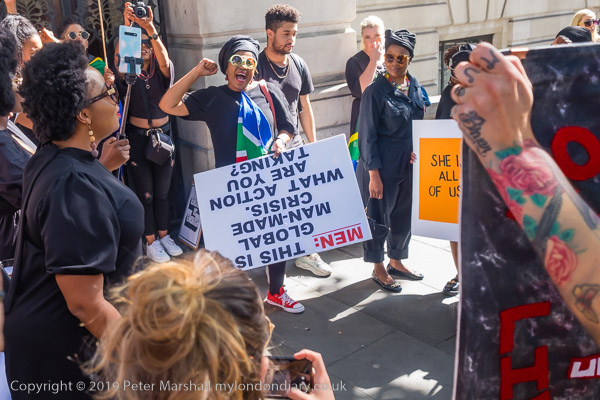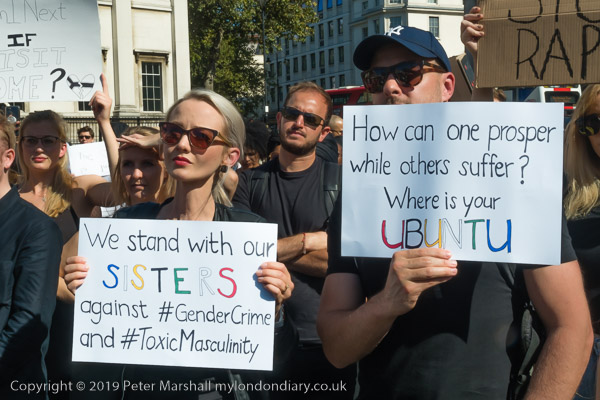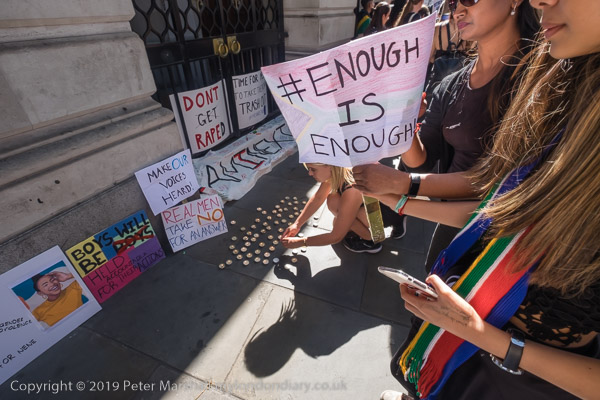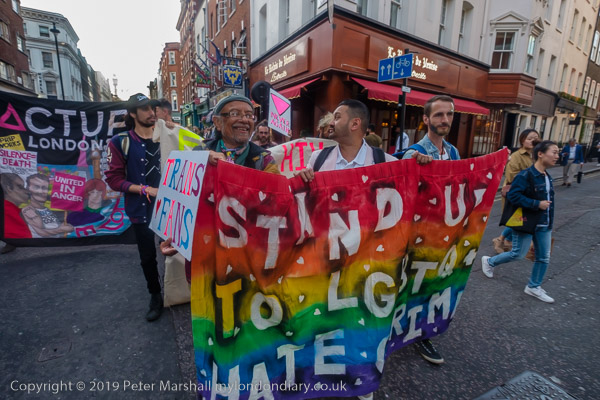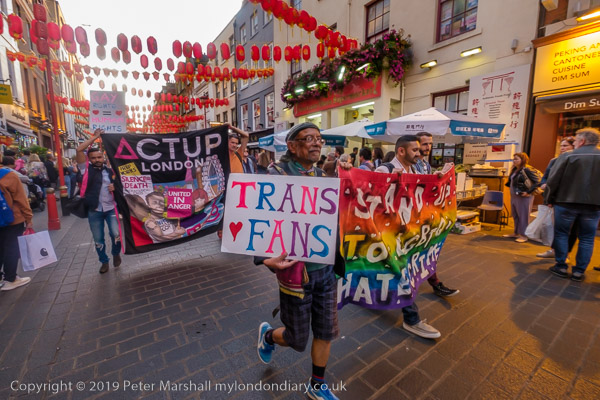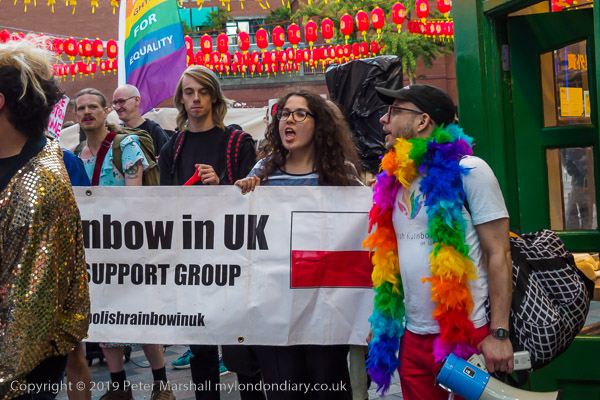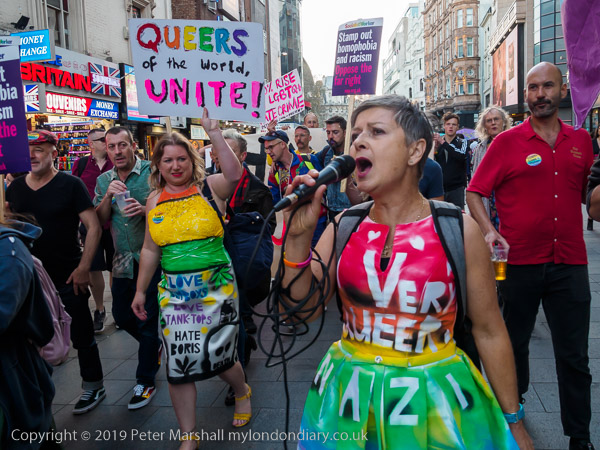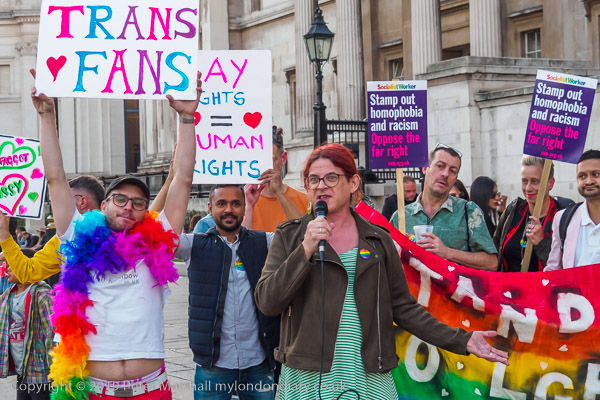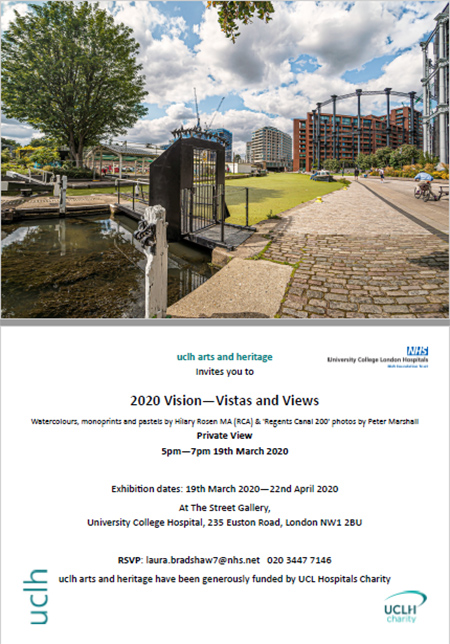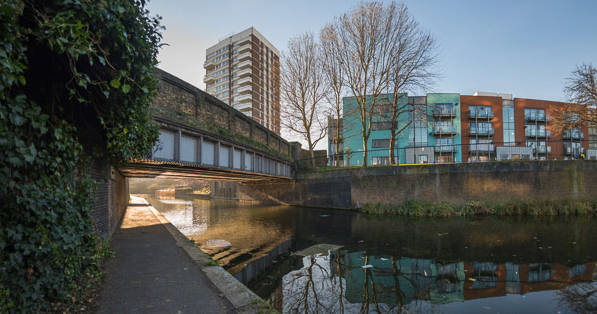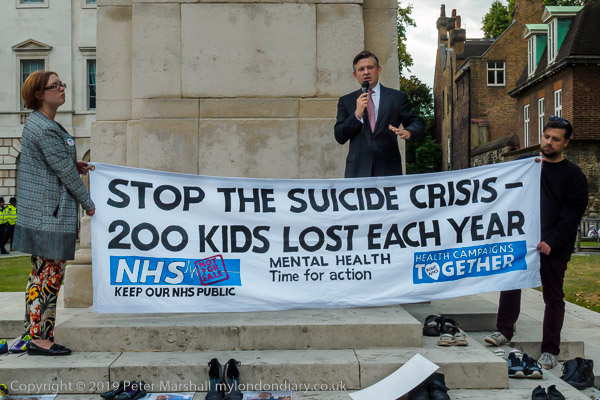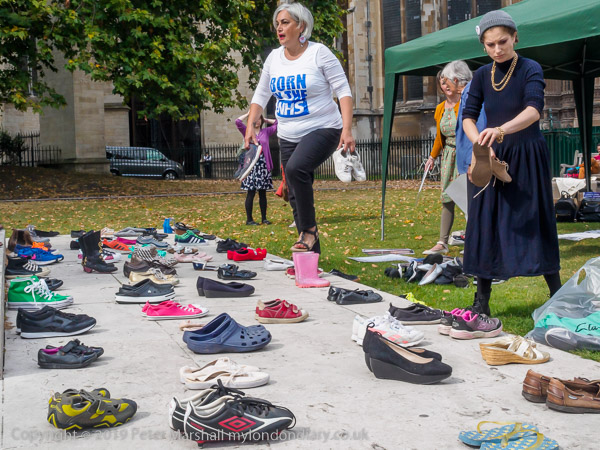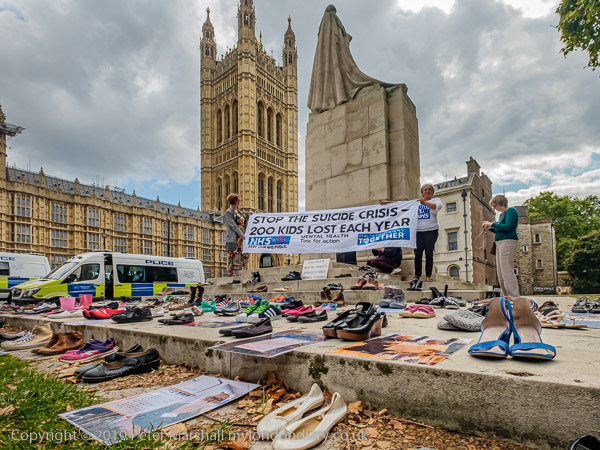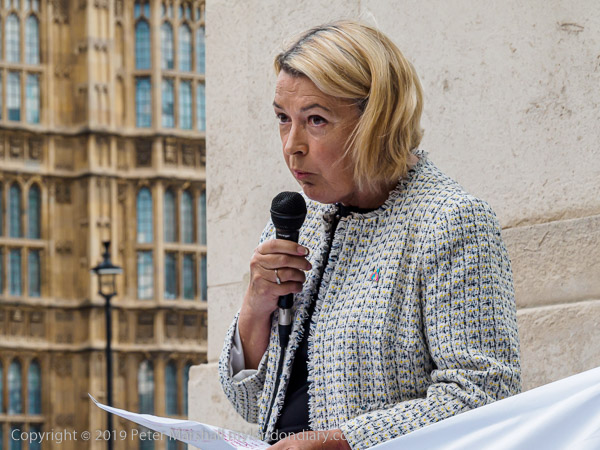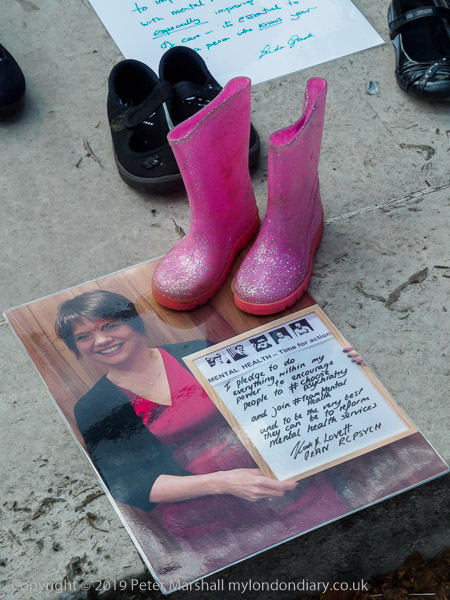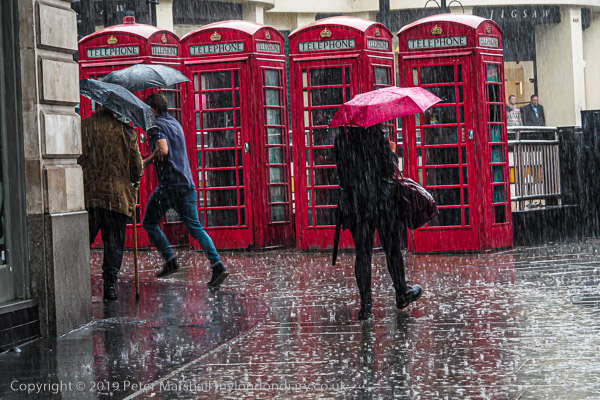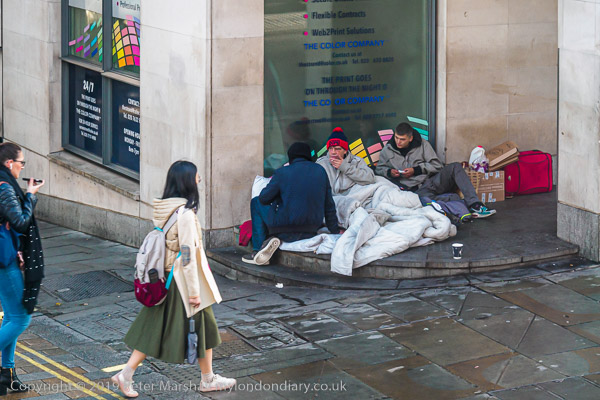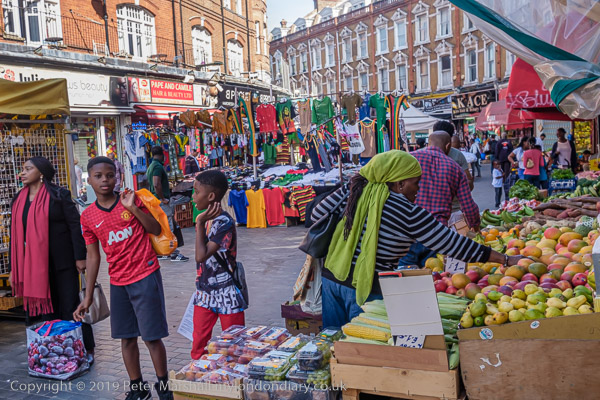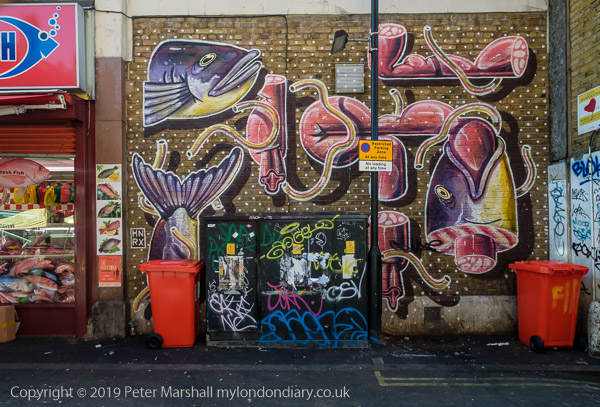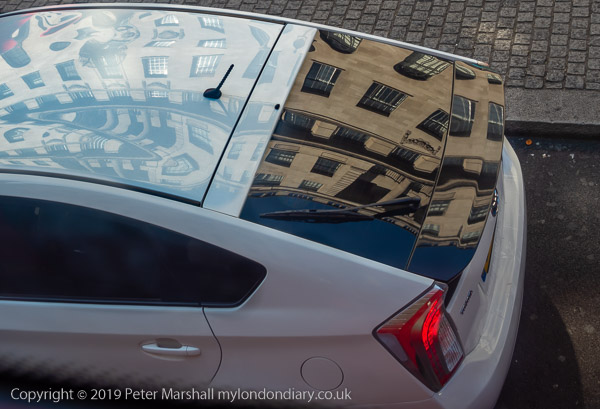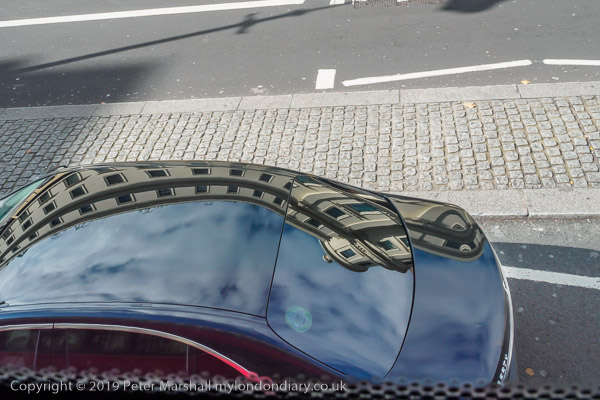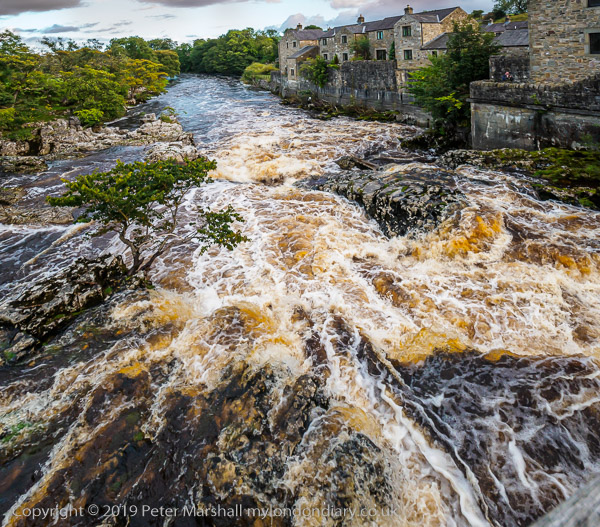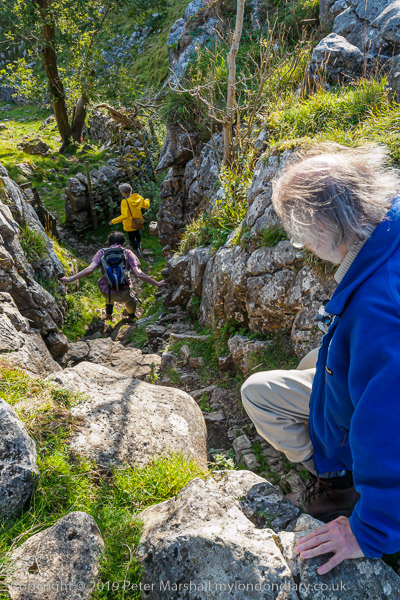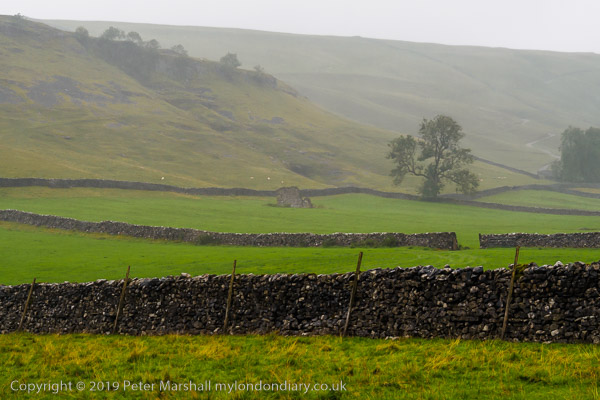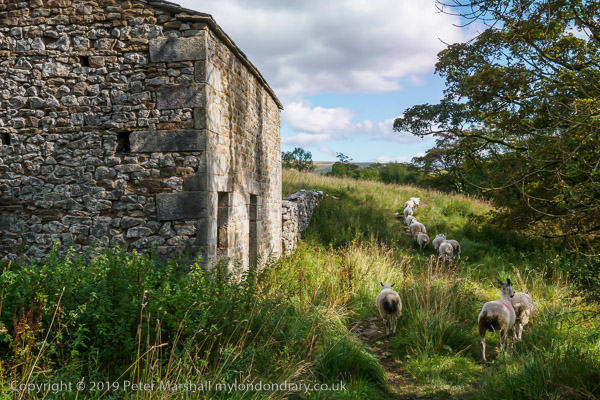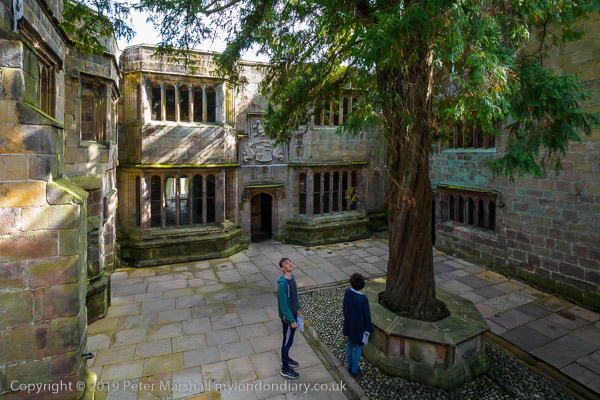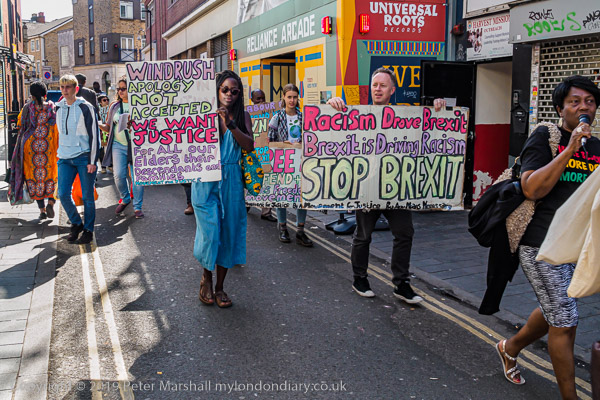
Brixton in south London has a special place in the history of our country, as it was in this area that the first wave of post-war Black migrants found homes and jobs, with those who had arrived on the Empire Windrush being given temporary accomodation a short distance away in an underground bunker on Clapham Common.
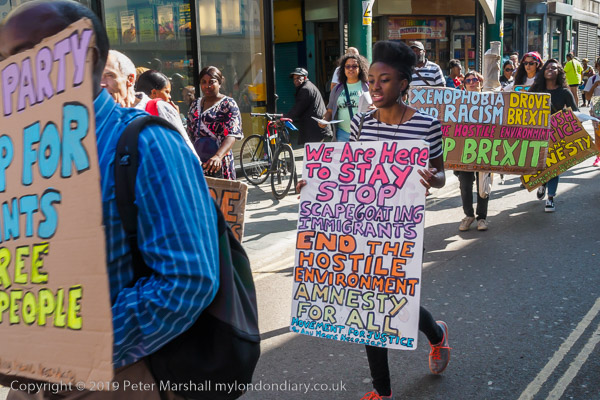
Brixton had the nearest government Labour Exchange where they went in search of jobs, and many found them in local businesses and found cheap lodgings in the area, and in time brought their families to the area. Soon this working class area of London was developing the more vibrant and colourful culture that now, together with its location close to central London and good transport links makes it a prime target for gentrification.
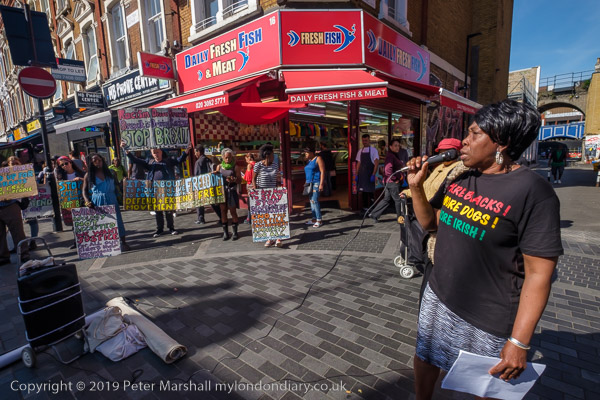
Brixton has also been a flashpoint for social unrest, with riots (or uprisings) in 1981, 1985 and 1991 after heavy-handed and racist policing as well as in the London riots of 2011. The 1981 riots came at a time of high unemployment, particularly among the local African-Caribbean community who felt under attack by excessive policing and also by lurid press stereotyping of them, their culture and the area.
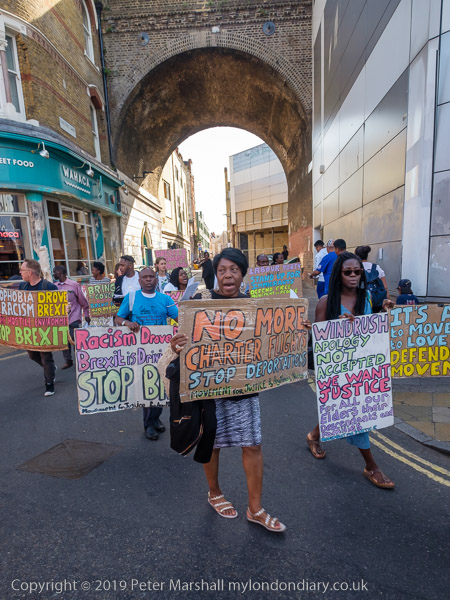
I began going to Brixton regularly in 1991, when a photography collective I had links with moved from near Clapham Junction in Battersea to the heart of the area on the edge of Brixton market and reconstituted itself as Photofusion. For years I went to most of their exhibition openings as well as visiting to take prints in to their picture library, which was then an important source for images of British social life. Photofusion is now in new premises but just a short distance away, though I think all the people I knew there are gone and it’s a year or two since I last visited the gallery.

But I have continued going to Brixton, mainly to photograph protests and events, particularly at Windrush Square, outside Lambeth Town Hall and at Brixton Police Station. And on September 14th I found myself again in Brixton, beginning at Windrush Square. This is a rather bleak and windswept area in front of the Ritzy Cinema, the Tate Library and the Black Cultural Archives, with a busy road along its west edge, ‘landscaped‘ a few years back by Lambeth Council apparently with the aim of making it a less attractive place for people to gather.
Here’s what I wrote about the protest on My London Diary:
Movement for Justice and Lambeth Unison Black Workers’ Group protest in Brixton against the continuing persecution of Windrush family members and other migrants, calling for freedom of movement, the closure of immigration detention prisons, and an end to Brexit which is being used to whip up immigrant-bashing and nationalism to establish a Trump-style regime in Britain under Boris Johnson.
After speeches in Windrush Square they moved to Brixton Market where wide support was shown by the public for speeches. Before they left Green MEP for London Scott Ainslie spoke about his LDNlovesEU campaign. They then marched up to Atlantic Road and back along the main street, Brixton Road for a final short rally in Windrush Square.
More pictures at Brixton anti-racist march.
All photographs on this and my other sites, unless otherwise stated, are taken by and copyright of Peter Marshall, and are available for reproduction or can be bought as prints.
There are no adverts on this site and it receives no sponsorship, and I like to keep it that way. But it does take a considerable amount of my time and thought, and if you enjoy reading it, please share on social media.
And small donations via Paypal – perhaps the cost of a beer – would be appreciated.
